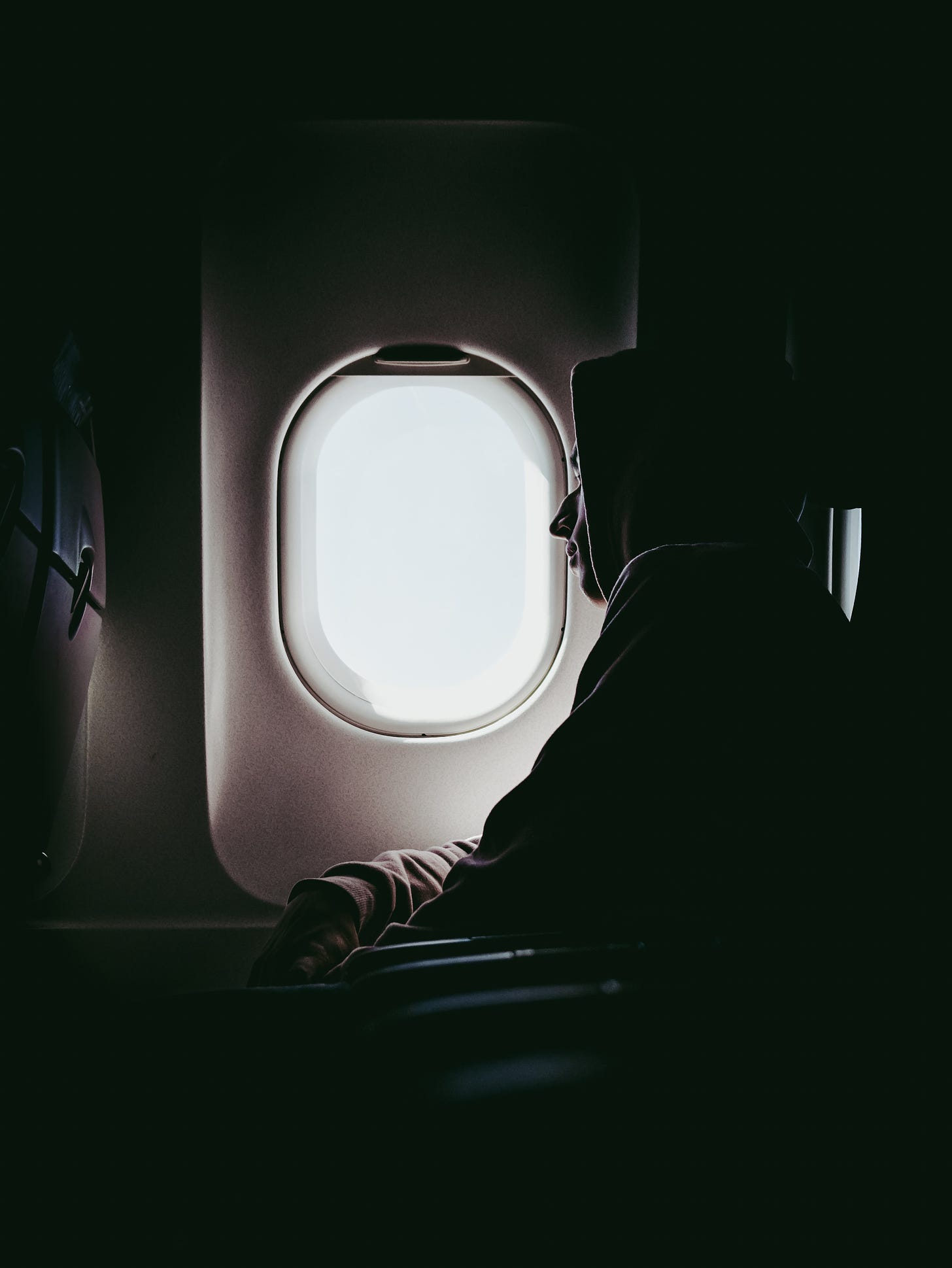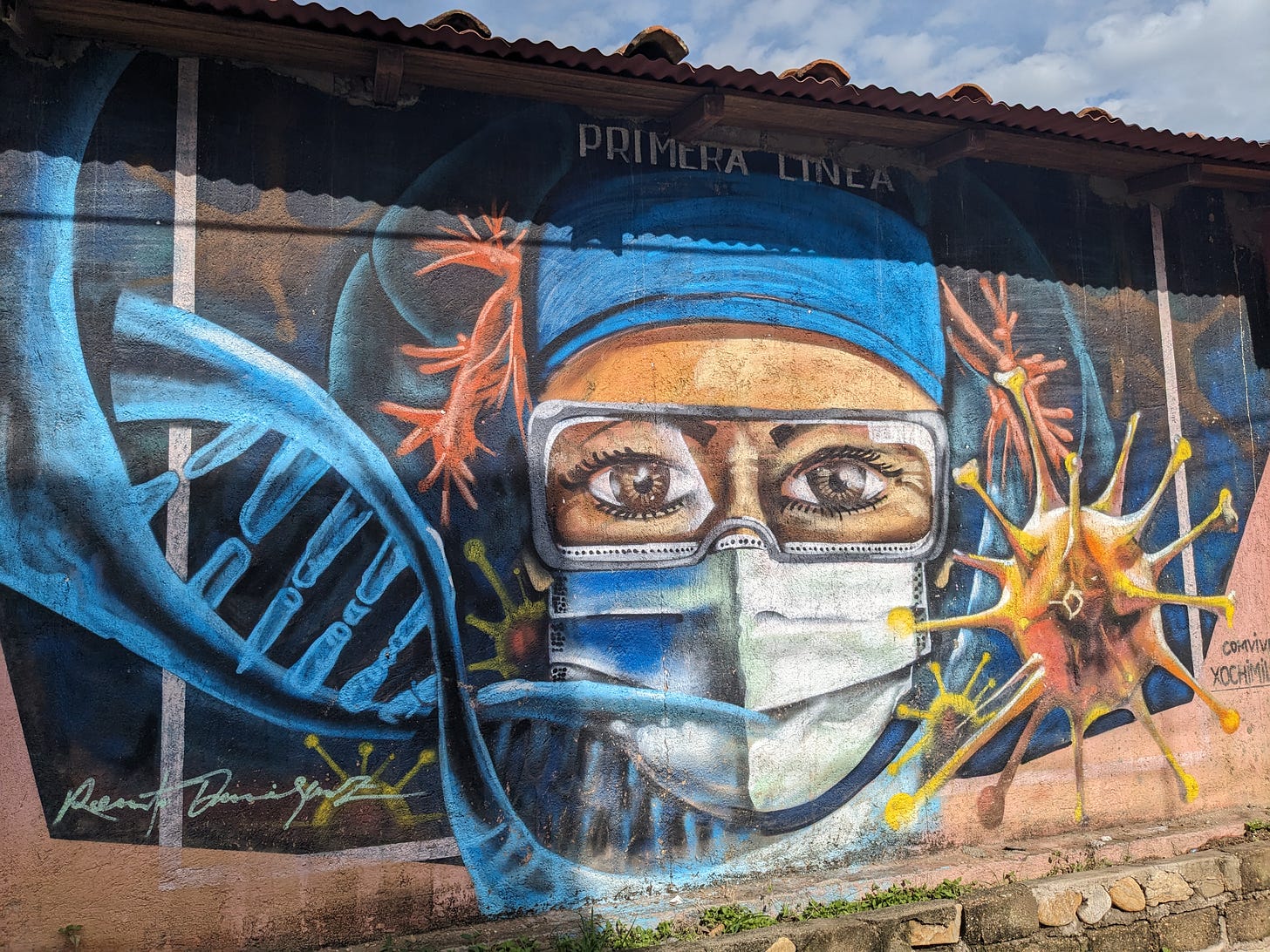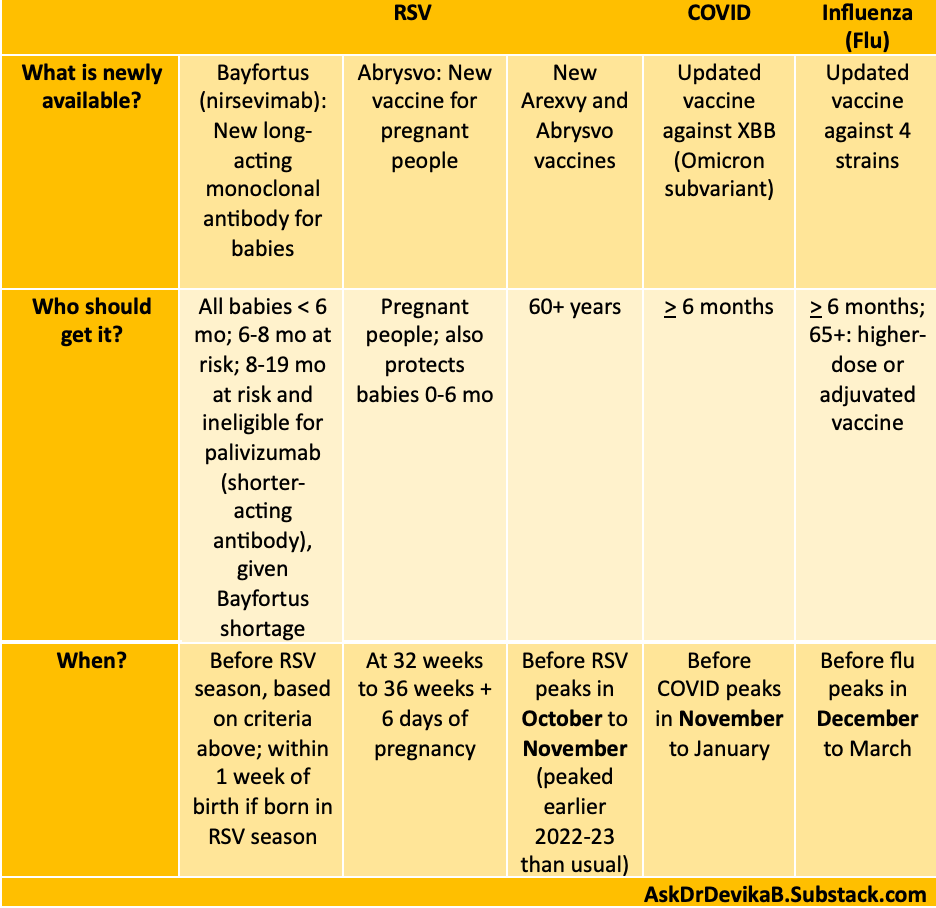

Discover more from Ask Dr Devika B
Let's sleep better — beating jet lag
Week 5; Plus: The end of DST; Protections for respiratory viral season
Dear community,
These days, we’re practicing ways to sleep better — together.
Sleep has been a nemesis of mine for as long as I have been an adult. Thankfully, my recovery journey with bipolar disorder has led me to discover some powerful tools for higher-quality sleep — and it’s a joy to share them here with you, one by one.
So far: We’ve explored how exposure to morning sunlight and evening darkness helps naturally unlock better sleep; why a bedtime routine is useful for adults, too; and naps.
As someone with bipolar disorder whose immediate family spans many oceans, I get asked all the time about how I protect my health when crossing 12 time zones.
Before we touch on travel-related jet lag, I want to acknowledge the mini-version that many of us in the US are facing, with the conversion from daylight savings time (DST) to standard time this past weekend, a shift forward by one hour.
The science says: Standard time better synchronizes our internal circadian rhythms with external time cues like sunlight and sunset — while DST promotes the opposite.
As you’ll recall: Our internal clocks are set by well-timed exposure to sunlight and darkness, in part through the release of a hormone called melatonin (suppressed by light and active in the dark, triggering us to sleep) — in addition to other cues like food, physical activity, and social inputs.
We do best with early morning sunlight coinciding with our awakenings and darker evenings to promote earlier bedtimes — and standard time enables this.
With DST, we take longer after rising to achieve optimal alertness (and associated functions) and we are unable to go to sleep ‘on time’ for our needs, given the extra evening light exposure, which suppresses melatonin and other sleep-regulating systems.
And our circadian system is intrinsically tied to a number of essential functions, not just our sleep and cognition, but also our metabolic processes, hormones, and immune systems.
In fact, the switch to DST leads to systemic health impacts like increased heart attacks, cardiac arrests, strokes, and atrial fibrillation in the days thereafter.
And now, in the days following the switch back to standard time, with its attendant realignment of our circadian systems with external cues to better match our physiologic needs — heart attacks are actually observed to fall.
We’re now much better set up for physiologic success — so let’s celebrate.
If you’re interested in the history, politics, health, and economic impacts of DST and standard time, check out this primer I wrote. (It dispels the myth that farmers endorse DST — and identifies the powerful lobbies that actually do push for its persistence.)
Tips for overcoming jet lag
Let’s get into the tried-and-tested roadmap that for me, usually conquers even 12-hour jet lag within a few days. You may be surprised at how quickly it’ll work for you.
Get a head start (optional — only for ‘good’ sleepers)
If possible, in the days leading up to your departure, gradually adjust your sleep schedule to better match the time zone of your destination. Go to bed one hour earlier each day if traveling west and one hour later each day if traveling east, and set your alarm accordingly. [Full disclosure: I don’t do this step anymore; I used to about a decade ago. Of note, this step can degrade the quality of your sleep prior to departure because of the desynchronization between internal clocks and external cues, making you arrive more tired and potentially opening you up to risk if you have a mental health condition. So especially if you are a sensitive sleeper, I would skip this or try a modified version — perhaps just 1-2 hours total.]
On your flight
This is an important step: DO NOT allow yourself to nap during the daytime in your destination — only do so during your new nighttime. (This doesn’t apply as strictly to kids.)
Eat at normal meal times for your destination.
Try to walk around and exercise (squats, leg lifts while seated, and the like) during your new daytime, but not in your evening or nighttime, when you should rest quietly).
Drink plenty of water — flights are dehydrating. Only do caffeine before noon in your destination; skip alcohol altogether as it interferes with high-quality sleep and you’ll need to canvas all your sleep-promoting tools.
On the first day
Try to choose a flight that gets you in with some daylight to spare. Expose yourself to direct sunshine outdoors for as many hours as possible, so your body relearns ‘when’ in the day-night cycle it is. Observe the sunset if possible so you cue your new shift to nighttime. (PS: I vastly prefer this method of boosting melatonin and related systems naturally over introducing it exogenously.)
During the day:
Again, DO NOT nap. This will be hard — but only for a few days. It’ll be worth it because this drives up your sleep debt and enables you to sleep deeper and longer during your new night.
Exercise in the first half of the day. This is another cue that it’s daytime.
Keep your meals synchronized to the new time zone. Opt for anti-inflammatory foods that give you sustained energy, rather than quick spikes and crashes, which can induce lethargy and make it harder to sleep through the night.
Skip post-midday caffeine and all alcohol.
After dusk: wear blue light-blocking glasses.
If you can make it past about 8 pm, because of the sleep debt you’ll have accrued from not napping all day and the new circadian signals you’ve flooded your brain with, you have set yourself up to sleep through the night with minimal awakenings. Create a quiet, cool, and dark environment; consider using an eye mask and ear plugs.
On subsequent days
Continue your circadian retraining with ample sunlight exposure, regular meals, exercise during the day, and blue light-blocking glasses at night.
Continue with not napping, no alcohol, and only pre-noon caffeine until you have been sleeping through the night consistently in your new time zone.
My secret sauce — block time to adjust
This part is really important, particularly if you have a mood disorder, but helpful for anyone with the option. Nobody thinks and performs well on their first few days after a 12-hour time zone shift. Figure out how long you typically take to acclimate to this phase shift. If possible, block that chunk of time without any major professional presentations, deadlines, or obligations that create stress — for me, it’s one week; during that time, I still do light work. Granted, this takes some privilege around the nature of your work and ability to negotiate deadlines. If you can do this, you’ll mostly only have to worry about retraining your body clock during this time and you’ll be so thankful not to have to deal with other stressors on top of that — which also hugely minimizes mental health risk with a destabilized circadian rhythm.
Be kind to yourself and those around you as as you adjust to this very conquerable physiologic stressor. Anticipate that you will feel tired, potentially moody, and cognitively fuzzy for a while. Know that it’s temporary — and that you have a method to make it easier and briefer.
Other articles from the ‘Let’s sleep better’ series:
Let’s sleep better…
What it’ll take to prevent a tripledemic this year
You’ll recall that last year’s respiratory viral season was dubbed the ‘tripledemic’ — with simultaneous waves of respiratory syncytial virus (RSV), COVID-19, and influenza infections sending people to the hospital in droves.
The Centers for Disease Control and Prevention (CDC) predicts that this year’s season could be similar.
But this year, we have important new defenses at our disposal — and it’s up to each of us to take advantage of them to mitigate our individual risk and collectively curb another tripledemic.
These include new protections against RSV for pregnant people, those 60+, and children; updated COVID shots; and a well-matched flu shot for the variants in circulation.
As we know, vaccines don’t prevent infection — but they can prevent serious complications and death — and help curb spread. So if you’re not yet vaccinated, give yourself the best protections you can and make an appointment to get all three today! (It is admittedly proving hard for young kids to access the updated COVID shot and there are shortages of the new RSV antibodies for kids, but it’s worth taking the protections that we can access.)
Wishing you solid rest and viral protection,
Dr Devika Bhushan
Subscribe to Ask Dr Devika B
A vibrant newsletter community by pediatrician and former Acting California Surgeon General, Dr Devika Bhushan, to share actionable and evidence-based insights for well-being — while centering lived experience, equity, and cross-cultural nuances














